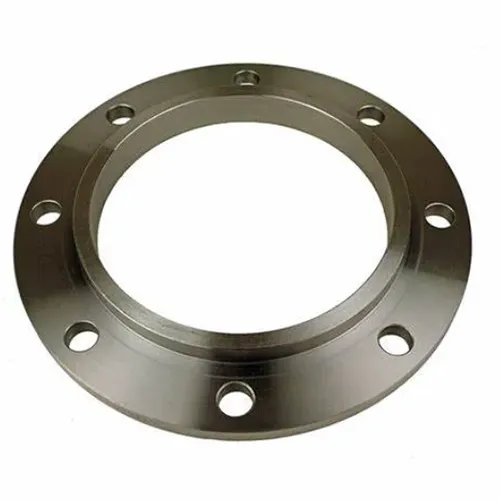-
Cangzhou Yulong Steel Co., Ltd.
-
Phone:
+86 13303177267 -
Email:
admin@ylsteelfittings.com
- English
- Arabic
- Italian
- Spanish
- Portuguese
- German
- kazakh
- Persian
- Greek
- French
- Russian
- Polish
- Thai
- Indonesian
- Vietnamese
- Zulu
- Korean
- Uzbek
- Hindi
- Serbian
- Malay
- Ukrainian
- Gujarati
- Haitian Creole
- hausa
- hawaiian
- Hebrew
- Miao
- Hungarian
- Icelandic
- igbo
- irish
- Japanese
- Javanese
- Kannada
- Khmer
- Rwandese
- Afrikaans
- Albanian
- Amharic
- Armenian
- Azerbaijani
- Basque
- Belarusian
- Bengali
- Bosnian
- Bulgarian
- Catalan
- Cebuano
- China
- China (Taiwan)
- Corsican
- Croatian
- Czech
- Danish
- Esperanto
- Estonian
- Finnish
- Frisian
- Galician
- Georgian
- Kurdish
- Kyrgyz
- Lao
- Latin
- Latvian
- Lithuanian
- Luxembourgish
- Macedonian
- Malgashi
- Malayalam
- Maltese
- Maori
- Marathi
- Mongolian
- Myanmar
- Nepali
- Norwegian
- Norwegian
- Occitan
- Pashto
- Dutch
- Punjabi
- Romanian
- Samoan
- Scottish Gaelic
- Sesotho
- Shona
- Sindhi
- Sinhala
- Slovak
- Slovenian
- Somali
- Sundanese
- Swahili
- Swedish
- Tagalog
- Tajik
- Tamil
- Tatar
- Telugu
- Turkish
- Turkmen
- Urdu
- Uighur
- Welsh
- Bantu
- Yiddish
- Yoruba

Jul . 12, 2024 08:07 Back to list
Casting Pump Body for Efficient Fluid Movement and Precision Engine Performance.
The casting of pump bodies is a critical process in the manufacturing of pumps. Pump bodies are typically made from materials such as cast iron, steel, or aluminum, depending on the type of pump and its intended use. The casting process involves pouring molten metal into a mold cavity and allowing it to cool and solidify.
One of the key considerations in pump body casting is ensuring that the casting is free from defects such as porosity, shrinkage, or inclusions. These defects can weaken the casting and compromise the integrity of the pump, leading to premature failure. To prevent these defects, proper gating and risering systems are designed to allow for the smooth flow of metal into the mold cavity and the escape of any trapped gases.
In addition to preventing defects, the casting process also plays a crucial role in achieving the desired mechanical properties of the pump body, such as strength, hardness, and ductility. By controlling factors such as the composition of the metal alloy, the cooling rate, and the heat treatment process, manufacturers can tailor the properties of the casting to meet the specific requirements of the pump.
Furthermore, the design of the pump body casting must take into account factors such as weight, size, and shape

pump body casting. The casting should be robust enough to withstand the operating conditions of the pump, including pressure, temperature, and fluid flow. At the same time, the casting should be lightweight and compact to minimize energy consumption and reduce the overall cost of the pump. With advancements in casting technology, manufacturers can now produce pump bodies with complex geometries and intricate details, allowing for greater efficiency and performance. Computer-aided design (CAD) and simulation software enable engineers to optimize the design of the pump body and predict how it will behave under different operating conditions. Overall, pump body casting is a critical step in the manufacturing process of pumps that requires careful planning, precise execution, and continuous improvement. By investing in high-quality casting materials, advanced technology, and skilled labor, manufacturers can produce pumps that are reliable, durable, and efficient. As the demand for pumps continues to grow in various industries, the importance of pump body casting will only increase in the years to come.

pump body casting. The casting should be robust enough to withstand the operating conditions of the pump, including pressure, temperature, and fluid flow. At the same time, the casting should be lightweight and compact to minimize energy consumption and reduce the overall cost of the pump. With advancements in casting technology, manufacturers can now produce pump bodies with complex geometries and intricate details, allowing for greater efficiency and performance. Computer-aided design (CAD) and simulation software enable engineers to optimize the design of the pump body and predict how it will behave under different operating conditions. Overall, pump body casting is a critical step in the manufacturing process of pumps that requires careful planning, precise execution, and continuous improvement. By investing in high-quality casting materials, advanced technology, and skilled labor, manufacturers can produce pumps that are reliable, durable, and efficient. As the demand for pumps continues to grow in various industries, the importance of pump body casting will only increase in the years to come.
Latest news
-
ANSI 150P SS304 SO FLANGE
NewsFeb.14,2025
-
ASTM A333GR6 STEEL PIPE
NewsJan.20,2025
-
ANSI B16.5 WELDING NECK FLANGE
NewsJan.15,2026
-
ANSI B16.5 SLIP-ON FLANGE
NewsApr.19,2024
-
SABS 1123 FLANGE
NewsJan.15,2025
-
DIN86044 PLATE FLANGE
NewsApr.19,2024
-
DIN2527 BLIND FLANGE
NewsApr.12,2024
-
JIS B2311 Butt-Welding Fittings LR/SR 45°/90° /180°Seamless/Weld
NewsApr.23,2024











